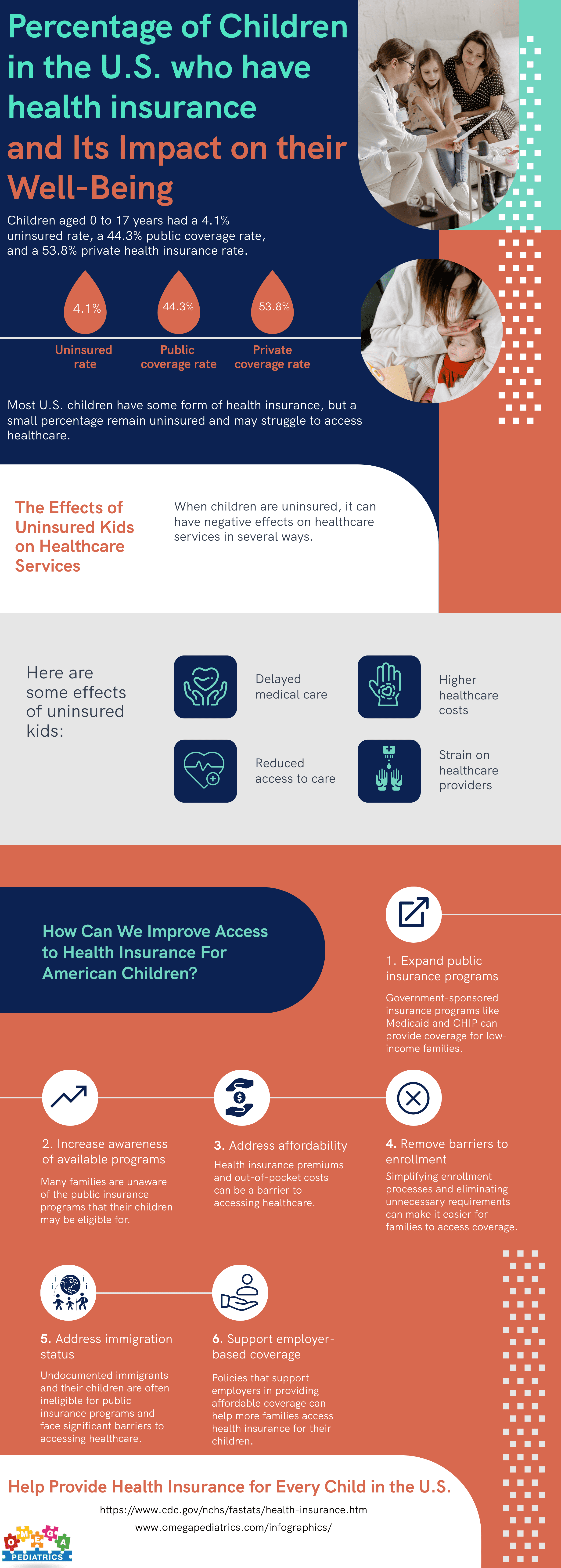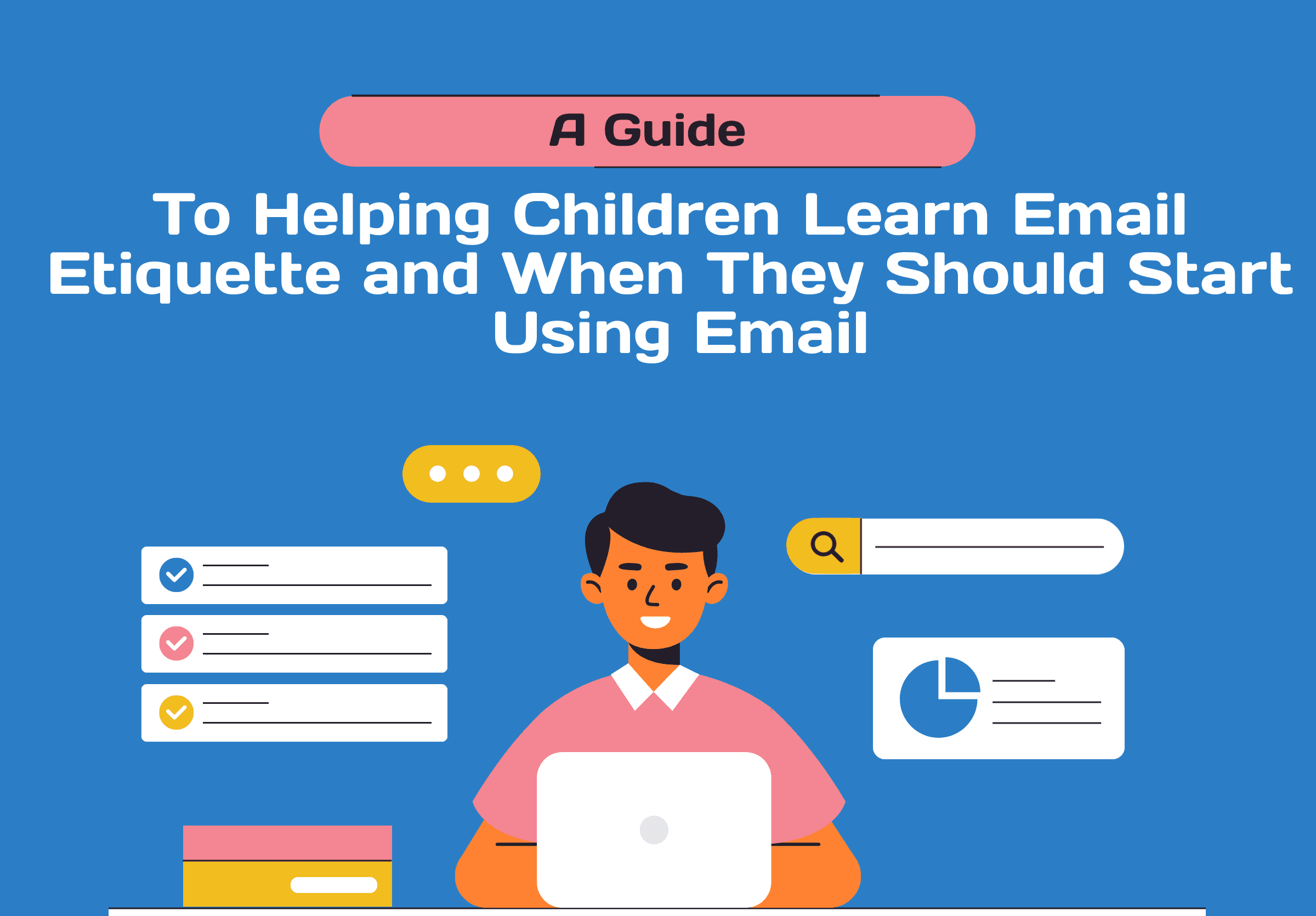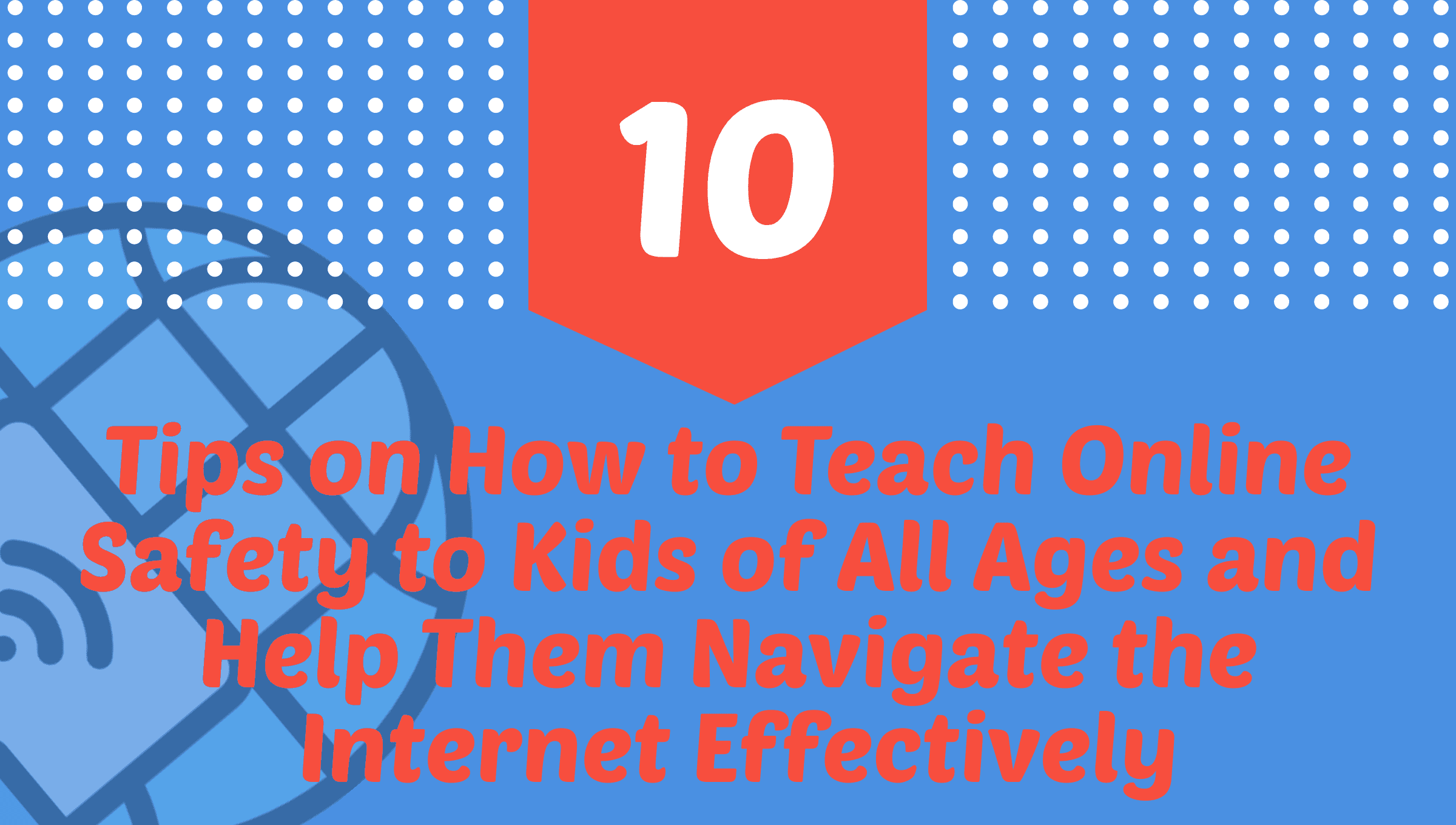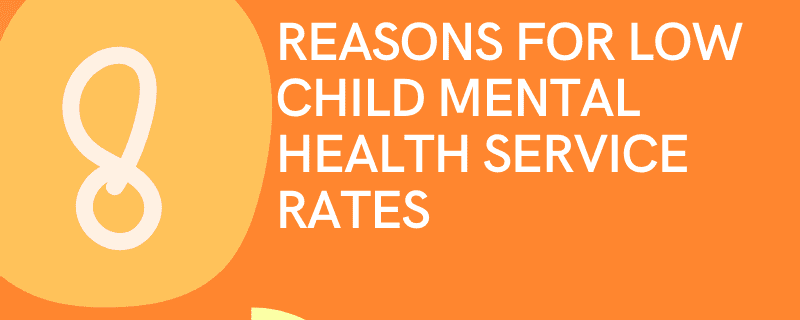
Children aged 0 to 17 years had a 4.1% uninsured rate, a 44.3% public coverage rate, and a 53.8% private health insurance rate.
Most U.S. children have some form of health insurance, but a small percentage remain uninsured and may struggle to access healthcare.
The Effects of Uninsured Kids on Healthcare Services
When children are uninsured, it can have negative effects on healthcare services in several ways.
Here are some effects of uninsured kids:
- Delayed or Foregone Medical Care: Without health insurance, children may delay or forego needed medical care due to cost concerns. This can lead to more serious health problems down the line and can have long-term consequences for their health and well-being.
- Lack of Preventive Care: Children who are uninsured are less likely to receive preventive care, such as routine check-ups and vaccinations, which can help prevent serious health problems in the future.
- b: Children without health insurance may have limited access to prescription medications, which can be costly without insurance coverage. This can lead to untreated illnesses and health problems.
- Financial Burden on Families: Families of uninsured children may face significant financial burden due to medical expenses, which can impact their overall well-being and financial stability.
- Poor Health Outcomes: Children without health insurance are at greater risk for poor health outcomes, including chronic conditions, injuries, and illnesses, which can have long-term consequences for their health and well-being.
- Reduced Academic Performance: Children who are uninsured may miss more school due to illness or lack of access to medical care, which can impact their academic performance and educational outcomes.
- Increased Risk of Hospitalization: Children without health insurance are more likely to be hospitalized for preventable conditions, such as asthma, diabetes, and pneumonia.
How Can We Improve Access to Health Insurance For American Children?
- Expand public insurance programs: Government-sponsored insurance programs like Medicaid and CHIP can provide coverage for low-income families.
- Increase awareness of available programs: Many families are unaware of the public insurance programs that their children may be eligible for.
- Address affordability: Health insurance premiums and out-of-pocket costs can be a barrier to accessing healthcare.
- Remove barriers to enrollment: Simplifying enrollment processes and eliminating unnecessary requirements can make it easier for families to access coverage.
- Address immigration status: Undocumented immigrants and their children are often ineligible for public insurance programs and face significant barriers to accessing healthcare.
- Support employer-based coverage: Policies that support employers in providing affordable coverage can help more families access health insurance for their children.
The Importance of Educational Initiatives
In addition to policy changes, educational initiatives play a crucial role in improving access to health insurance for American children. Many families, particularly those from low-income backgrounds, may not be fully aware of the available resources and programs. Implementing comprehensive educational campaigns can bridge this knowledge gap and empower parents to make informed decisions regarding their children’s healthcare coverage.
Raising Awareness and Promoting Inclusivity
- Community Outreach Programs: Establishing community-based outreach programs can effectively disseminate information about public insurance programs like Medicaid and CHIP. These programs should engage with local communities, schools, and healthcare facilities to ensure that families receive accurate and accessible information.
- School-Based Initiatives: Collaborating with schools to incorporate health insurance education into the curriculum can have a lasting impact. By involving teachers, counselors, and school nurses, children and their families can gain a better understanding of the importance of health insurance and how to navigate the enrollment process.
- Multilingual Resources: Recognizing the diverse linguistic landscape of the United States, providing multilingual resources can be instrumental in reaching immigrant families with limited English proficiency. This inclusivity ensures that language barriers do not prevent eligible children from accessing the necessary information and services.
- Digital Platforms and Social Media: Leveraging digital platforms and social media can effectively reach a wide audience. Educational campaigns on these platforms can use targeted messaging to address specific concerns, debunk myths, and provide step-by-step guidance on how to enroll in public insurance programs.
Conclusion
Improving access to health insurance for American children is a multifaceted challenge that requires a combination of policy changes and educational efforts. The consequences of children lacking health coverage extend beyond individual well-being to broader societal impacts on healthcare services, academic performance, and long-term health outcomes.
By expanding public insurance programs, increasing awareness, addressing affordability concerns, removing enrollment barriers, considering immigration status, and supporting employer-based coverage, the healthcare landscape for children can be significantly enhanced. Simultaneously, educational initiatives play a pivotal role in ensuring that families are informed about the available resources, empowering them to make the best choices for their children’s health.
It is imperative that policymakers, healthcare professionals, educators, and communities collaborate to create a comprehensive and inclusive approach to guarantee every child’s access to essential healthcare services. Through a combination of strategic policies and targeted education, we can strive towards a future where no child in America is left without the protection and benefits of health insurance.



